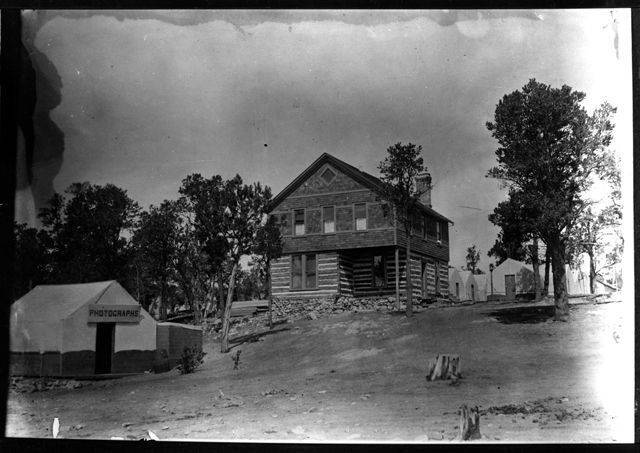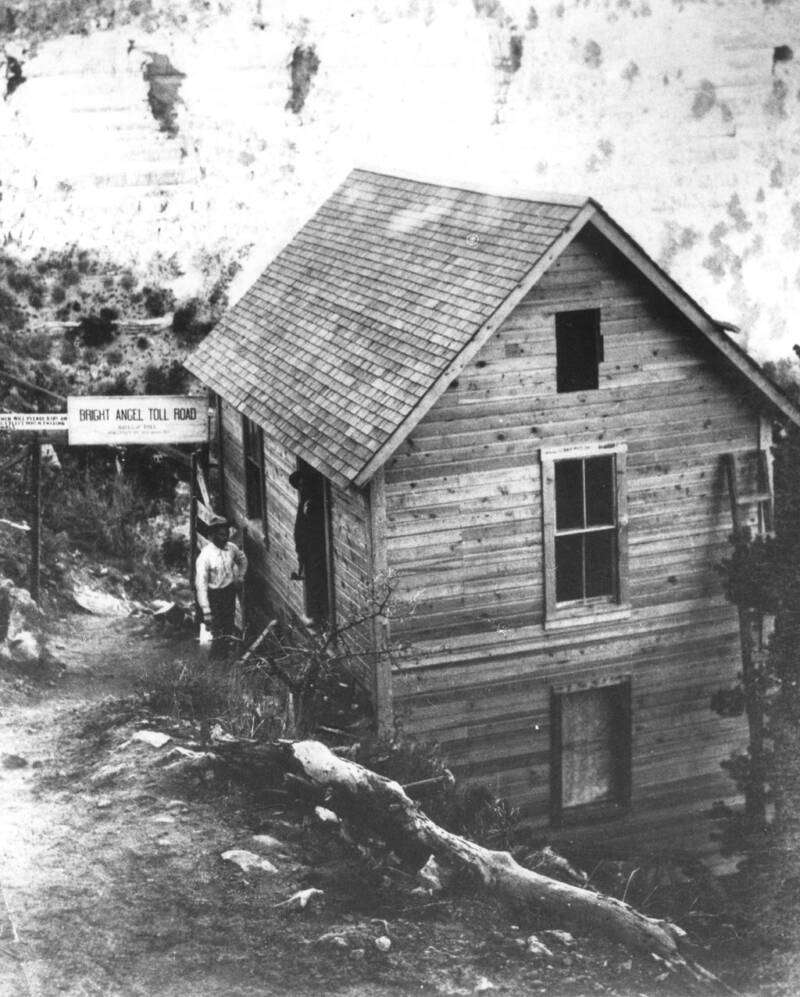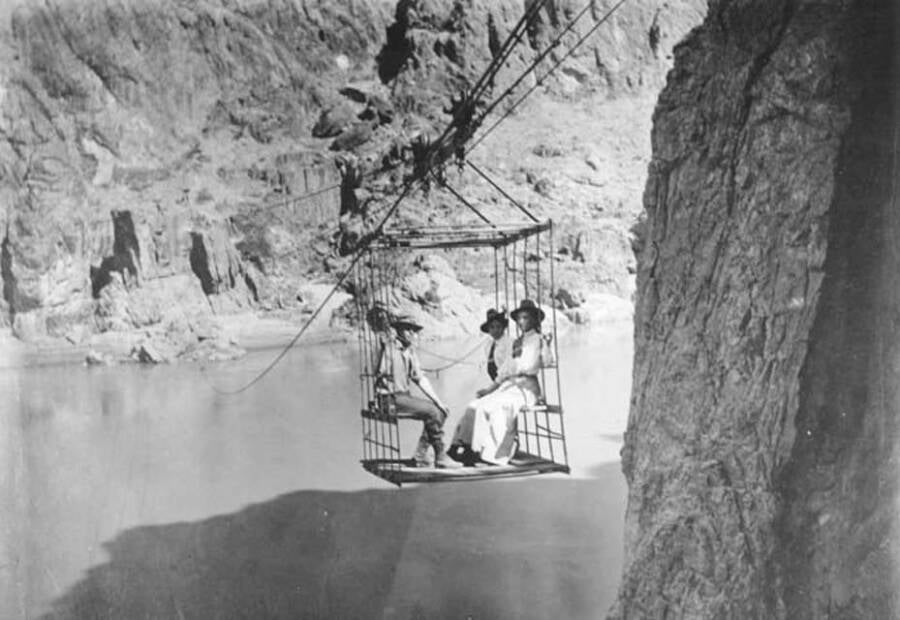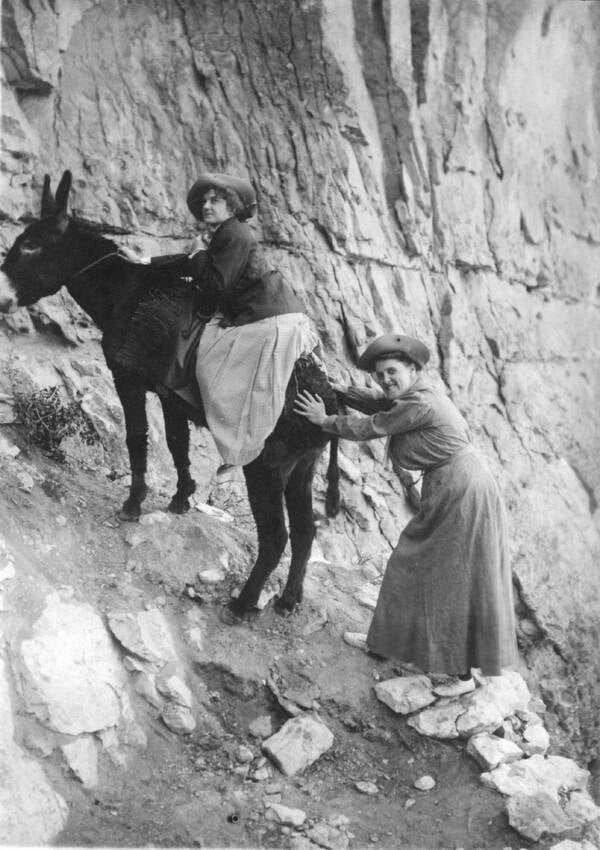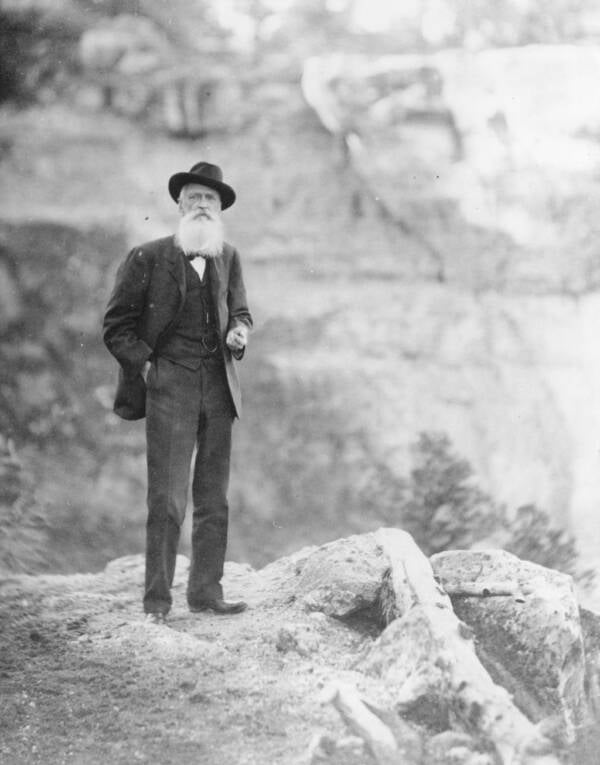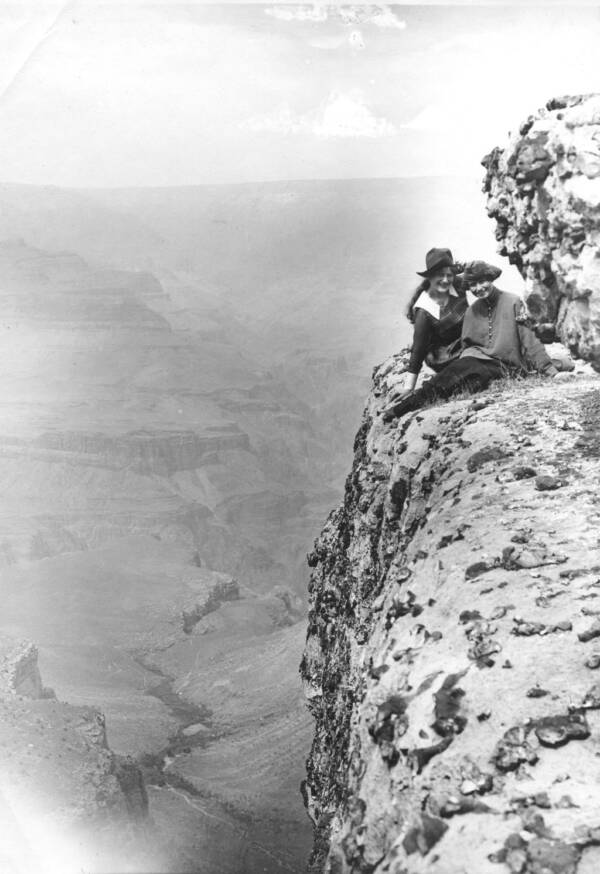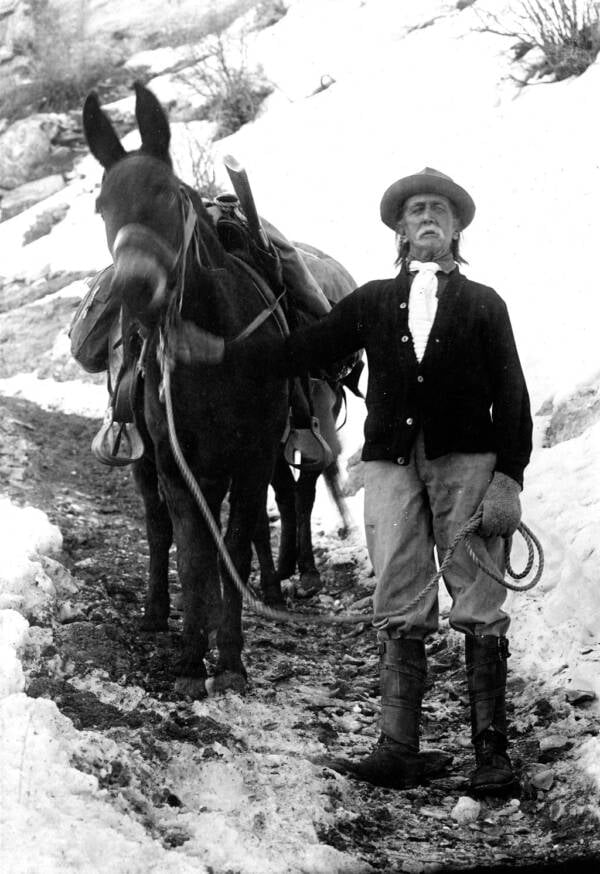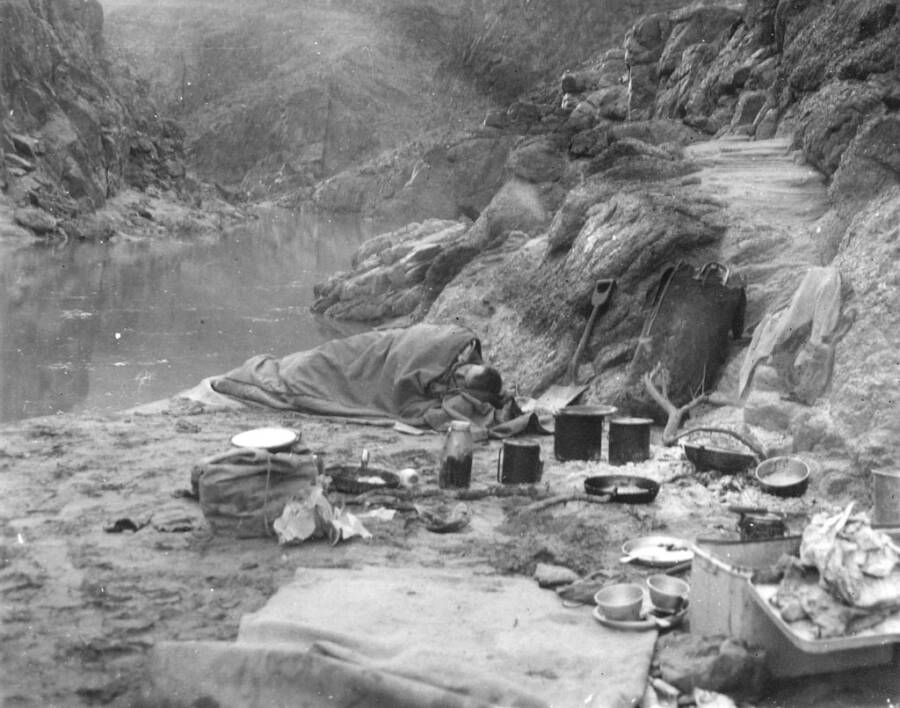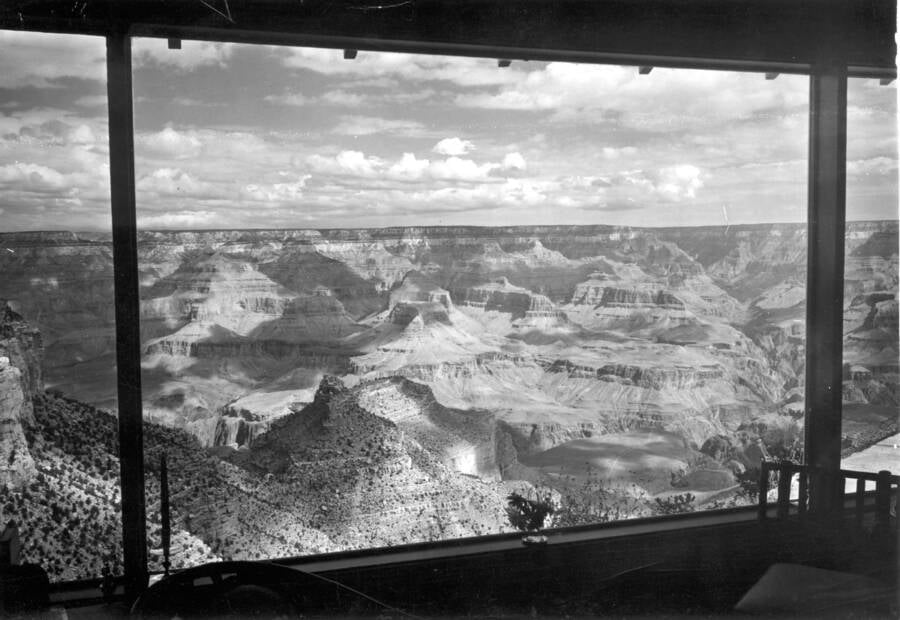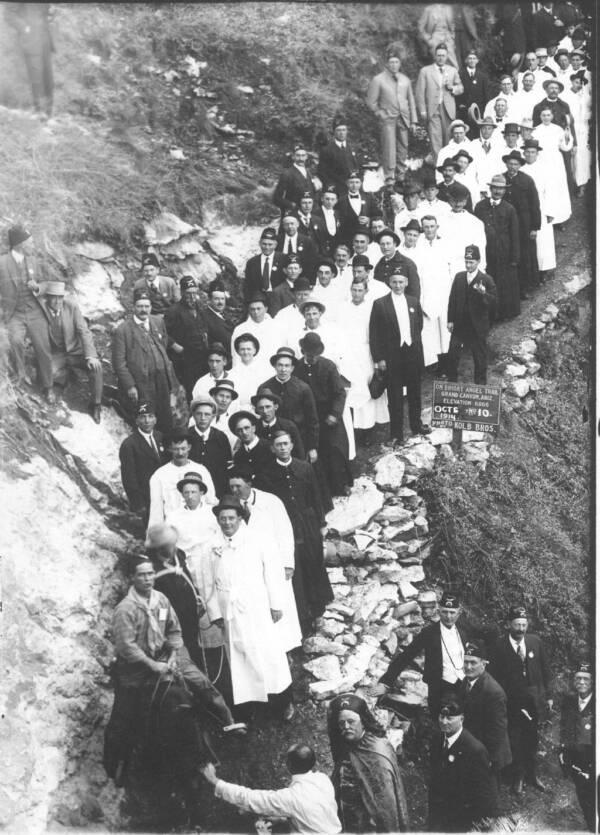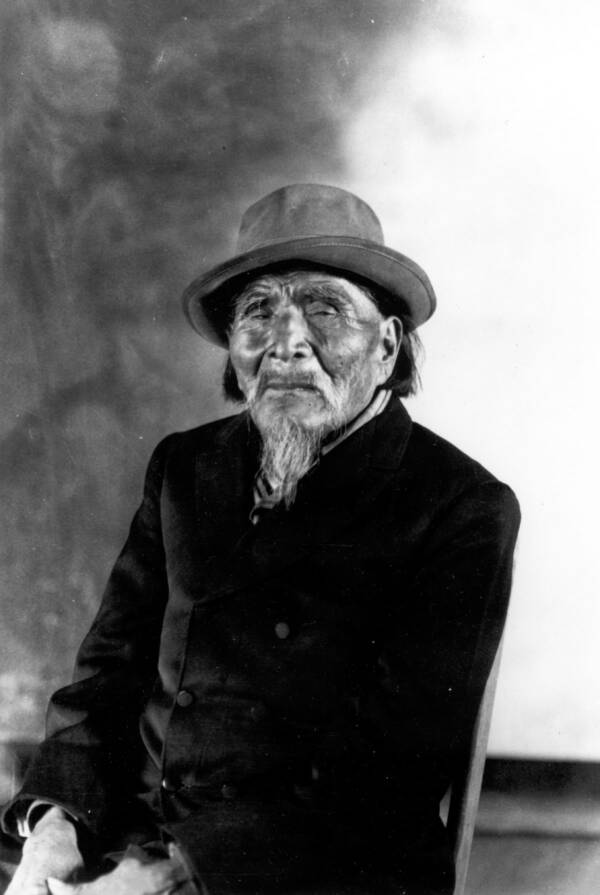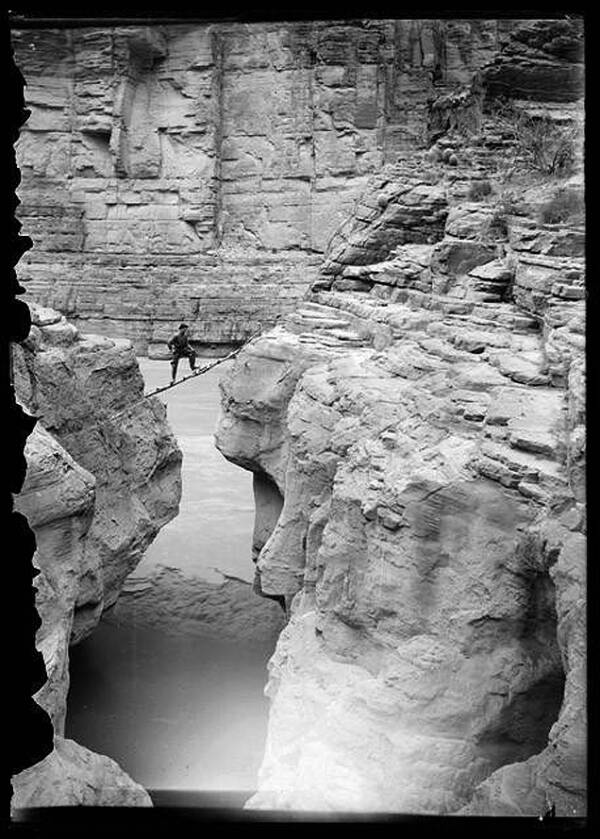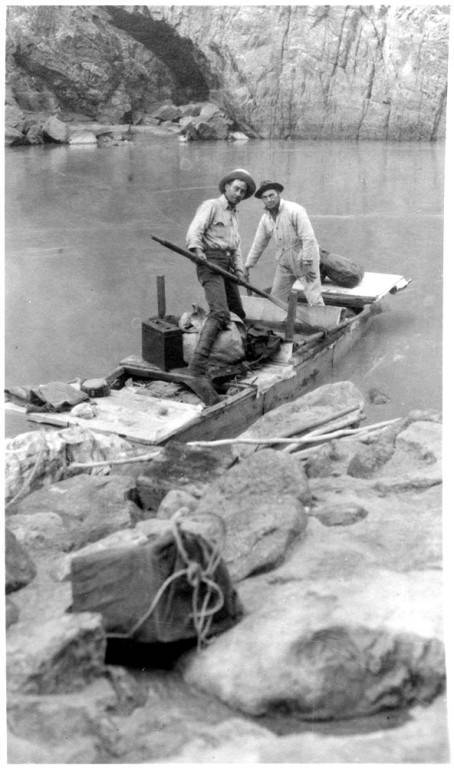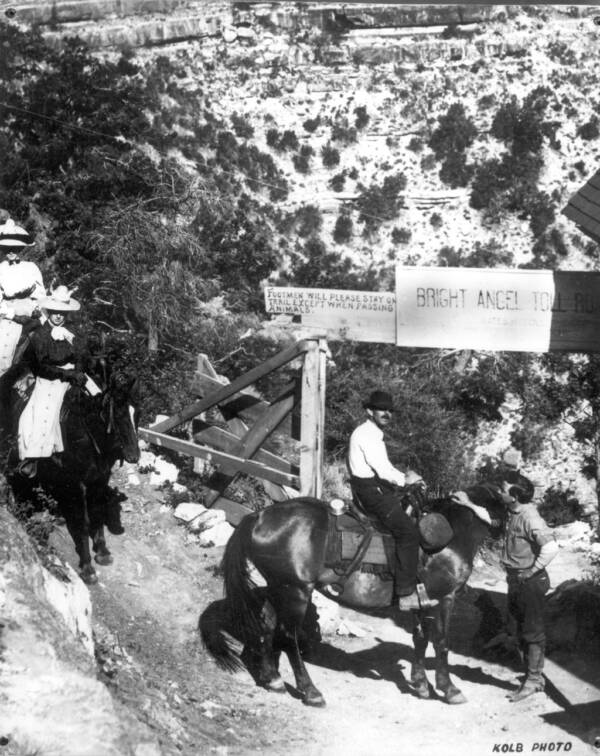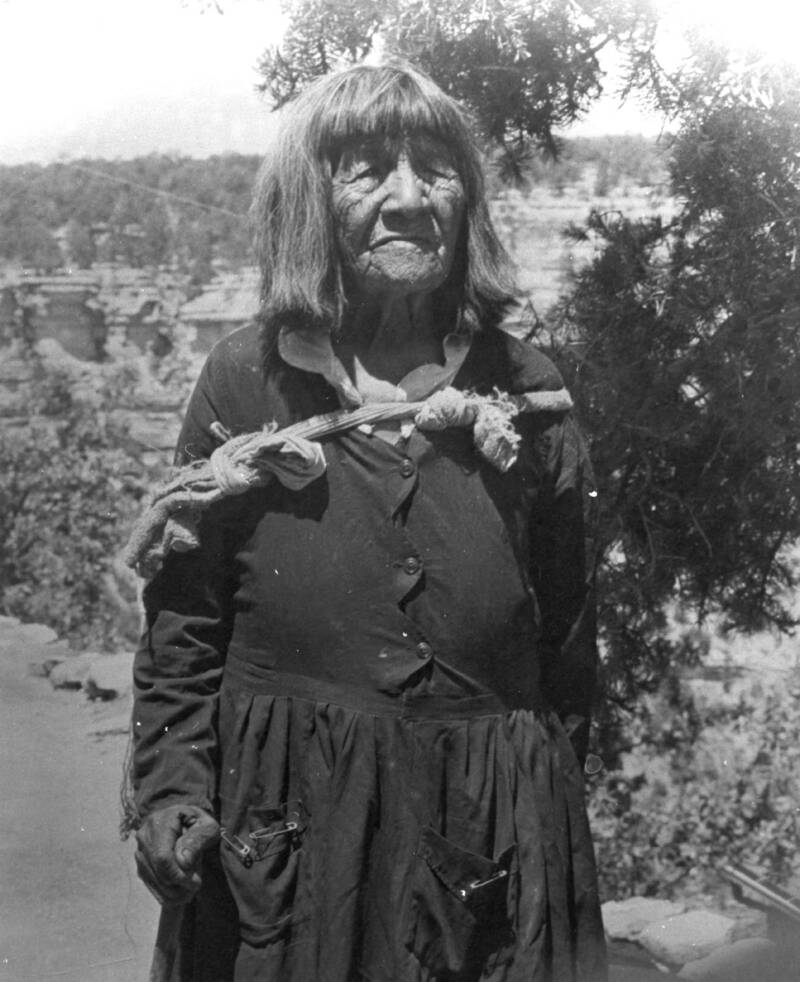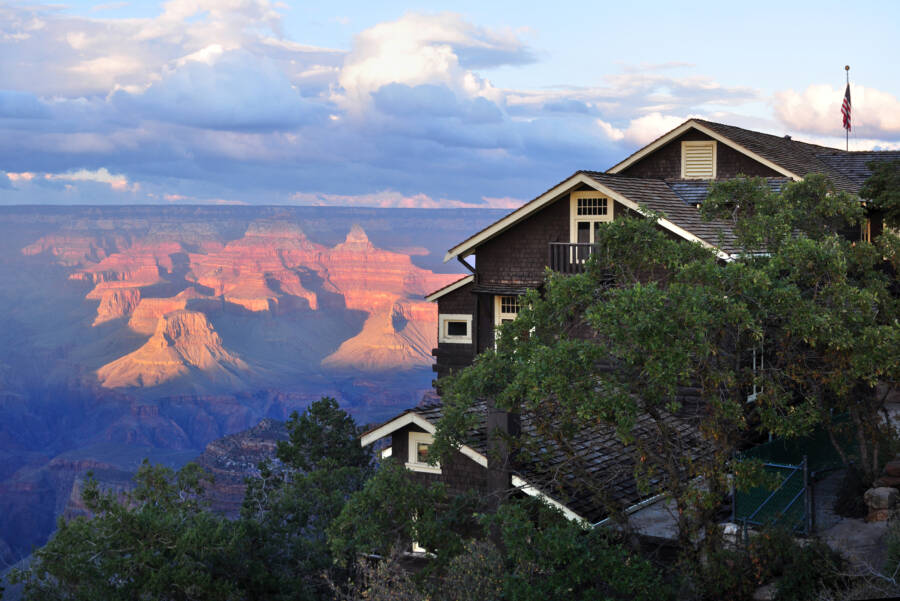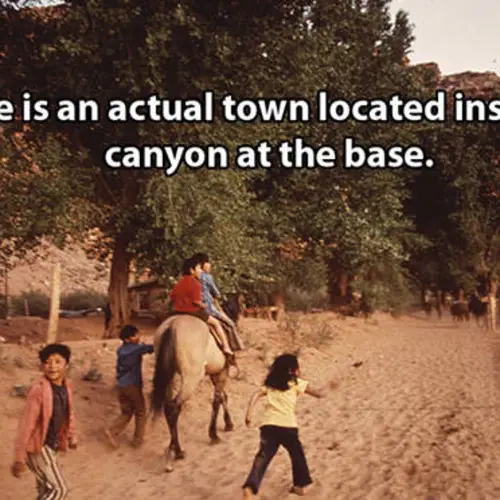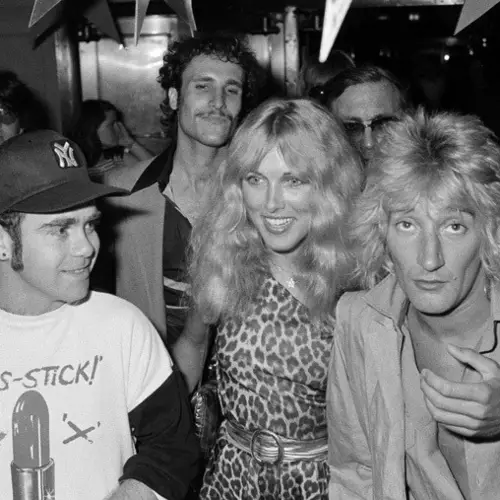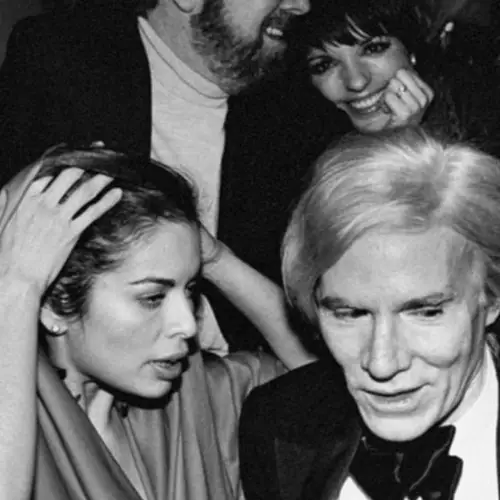For over 70 years, the Kolb brothers owned and operated a photography studio perched at the edge of the Grand Canyon. Here are some of their most breathtaking shots.
When the Kolb brothers officially opened their small photography studio perched on the rim of a monstrous canyon in 1906, they perhaps did not know just how pioneering their stunt was.
This was not just any canyon, it was the Grand Canyon, and for the next 70 years, the photographers Ellsworth and Emery Kolb would document the landmark as it gradually became one of the country's greatest natural attractions.
The Kolbs captured almost every incident of any importance in the area — and they loved it. As the author of The Amazing Kolb Brothers of Grand Canyon, Roger Naylor, said:
"The Kolbs dangled from ropes, clung to sheer cliff walls by their fingertips, climbed virtually inaccessible summits, ran seemingly impassable white-water rapids, braved the elements, and ventured into unknown wilderness — all for the sake of a photo. Well, a photo and a thrill. Sometimes it was hard to tell which was more important."
Everything about the Kolbs' venture was novel: photography was still an emerging art form and the brothers had no electricity or running water.
But it was from these humble beginnings that the Kolb brothers developed techniques specifically for the canyon's unique challenges and curated some of the most iconic images of the national landmark that persist today.
For this, they are a revered part of Grand Canyon's — and photographic — history.
The Founding Of Kolb Studio
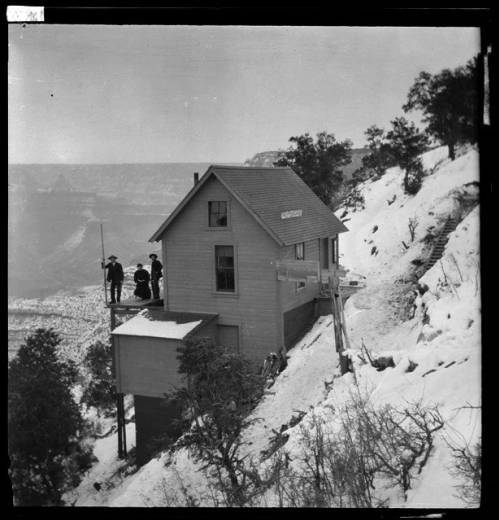
Ellsworth, Emery, and Blanche Kolb outside the Kolb Studio in 1904.
The adventurous spirit of Ellsworth Kolb saw him out of his Pennsylvania hometown and on a train westward-bound at 20 years old. For five years Kolb would wander the west until 1901 when he stepped off a train near the Grand Canyon — and found his fate.
Ellsworth Kolb first found work as a lumberjack and a porter at The Bright Angel Hotel, one of the few lodges in the area.
A year later, he persuaded his more cautious younger brother Emery to join him at the canyon. Emery arrived in October of 1902 with a guitar and his photography equipment.
At first, Kolb Studio was nothing more than a tent pitched next to the hotel. The brothers took photos of tourists on mule rides, heading down onto the canyon trails. The brothers built a wooden dark room in an abandoned mine shaft nearby, and every day after snapping the tourists' photos, Emery ran down the five-mile gorge where he quickly developed the photos and ran back up the five miles to try and sell the tourists the images as they returned.
The brothers hiked deep into canyon chasms that tourists couldn't reach to snap photos for sale. They also befriended the Havasupai Native Americans that lived inside and around the canyon — photographing them as well.

Cline Library/Northern Arizona UniversityEmery, Blanche, and Edith Kolb with a telescope in the studio, 1911.
Between 1905 and 1906, the Kolb brothers expanded their enterprise. They built a small, wood-framed cabin on the canyon rim — at the head of the Bright Angel Toll Road. That year proved to be a busy one for Emery, who married Blanche Bender and moved her into the cabin he shared with his brother.
Bender immersed herself in the business, bookkeeping and operating their small gift shop. She and Emery Kolb had one daughter, Edith, who at the time was the only Anglo child that lived in or around the canyon. All the other children were Havasupai.
Inside The Studio From 1911 Onwards
During the winter of 1911-1912, the Kolb brothers took an adventurous 1,200-mile boat trip down the Colorado River that winds through the canyon.
Ellsworth Kolb wanted to film the venture and make it into a movie. So the two brothers set out on their own, rowing and operating a new motion-picture camera that filmed on celluloid reels.
The venture wouldn't be easy and the river had some dangerous rapids, but Ellsworth Kolb assured his brother that, "If I capsize, I'll film it first."
The brothers did actually capsize a few times, in fact, and they had to dry out all the equipment before they could resume filming. But by the end of the trip, they had about a half-hour of usable content.
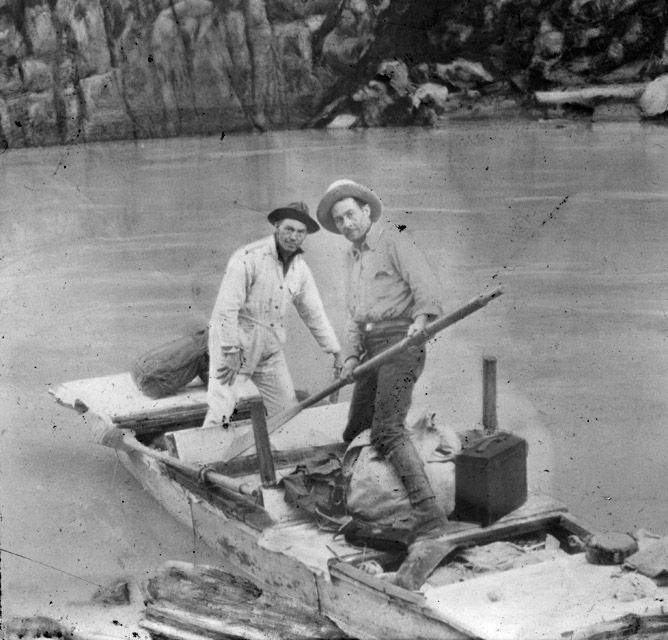
Northern Arizona University LibraryThe Kolb brothers aboard their dinghy in 1928.
When they took the footage on a country-wide tour, the brothers became famous. In Boston, the brothers met Alexander Graham Bell, who introduced them to the President of the National Geographic Society and the August 1914 issue of the magazine featured a large spread on the Kolb brothers' trip.
Just like that, they were transformed into national heroes.
But not long after this, the brothers' personalities began to clash so much so that they disagreed on how to continue to operate the business. A coin toss, of sorts, saw that Ellsworth left the entire business to Emery.
Ellsworth left the Grand Canyon and received a stipend of $150 per month from his brother until his death. The brothers remained on good terms, though.
In 1915, Emery Kolb added a room on to the studio in which to continuously play their film. He played the film every day until his death in 1976. That reel remains the longest continually running movie in United States history.
Today, the Kolb studio is still open, operational, and owned by the National Park Service. The Grand Canyon Association renovated the studio during the 1990's — and it now contains an art gallery, bookstore, and museum.
Next, check out these 25 Grand Canyon facts that you may not know. Then, for more breathtaking natural wonders, check out Scotland's magical Fairy Glen on the Isle of Skye.



